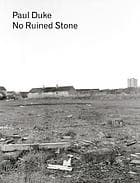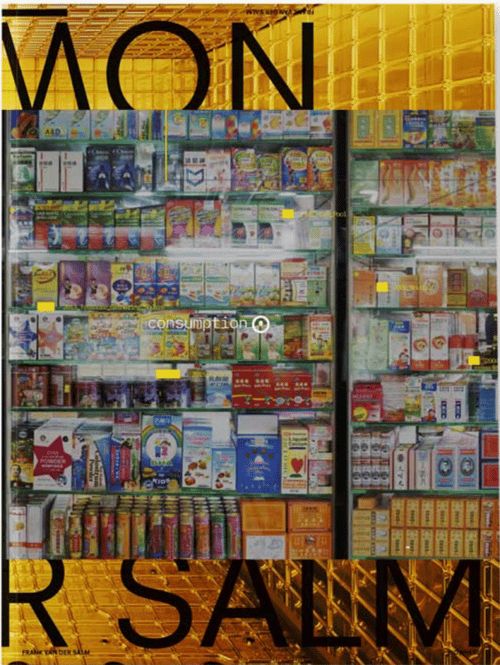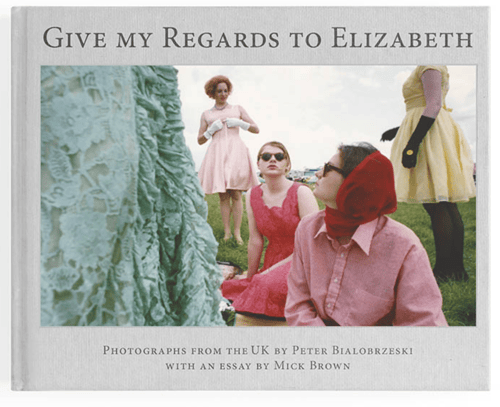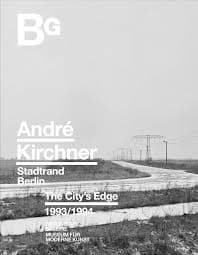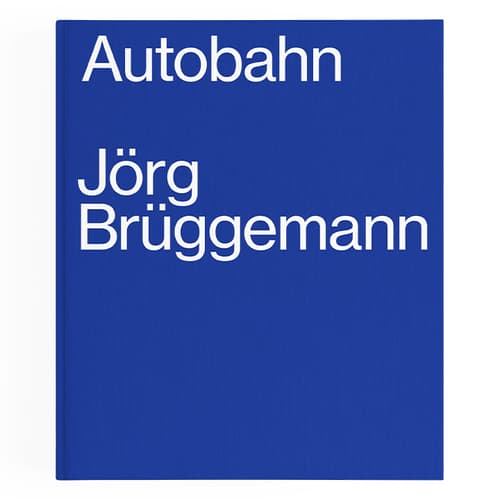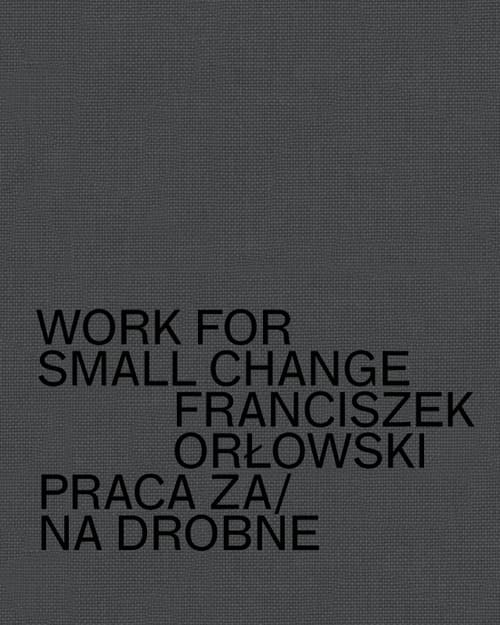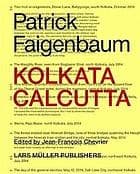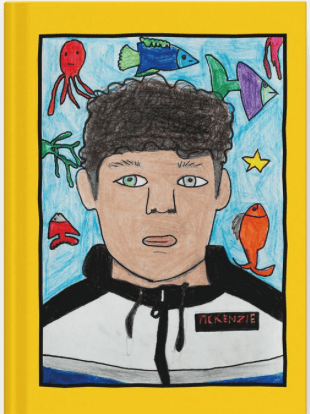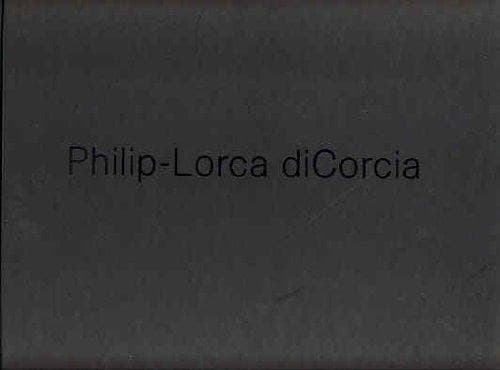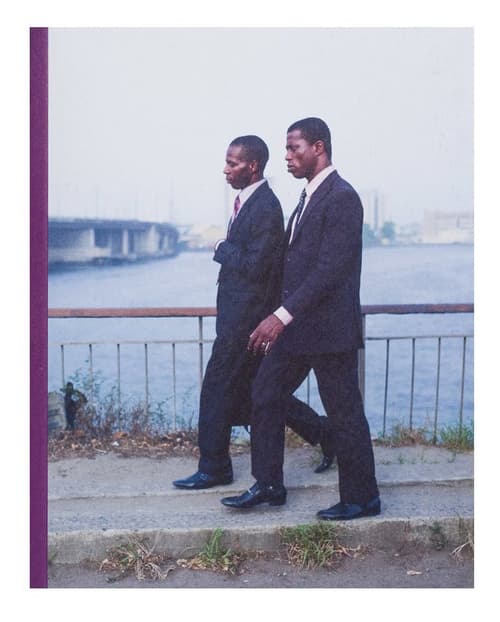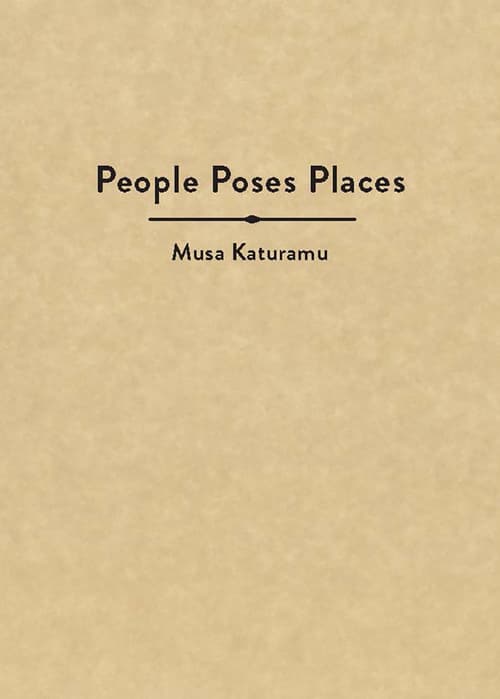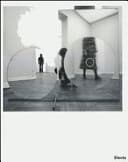Publisher Note
Paul Duke works in black and white and focusses on portraits, often returning to his native Scotland to make his work. His series At Sea, made in 2009, comprised photographs of men and women working in the Moray Firth fishing community on the North East Coast of Scotland. Duke took three-quarter length portraits of his subjects in their work clothes set against a black background. He made the work on site, grabbing fleeting moments when his subjects were able to be photographed. His images absorb – almost suck up – every detail of his subjects, who return the camera’s gaze with a strange calm and ease. The images belie the chaotic context in which they were shot and become stoical and timeless portraits which speak back to early photographers and chroniclers of working life.
No Ruined Stone is a book of a new and ambitious series of work which feels like a fresh chapter in Duke’s work. It is a much more personal body of work, which led Duke to return to the estate where he lived in his early years. The Muirhouse Estate outside Edinburgh has taken on mythic status; this was where Irvine Welsh lived, which inspired him to write Trainspotting. The cult Danny Boyle film of this novel has burnt this estate into the retina of a generation.
The estate, of course, is not the problem, nor are its inhabitants. What the estate symbolises is our ongoing inability as a society to deal with social deprivation and poverty and all its associated issues. In Duke’s work we see the inevitable food bank, something that has become a symbol of recent brutal government social welfare policy leaving larger and larger numbers of people without access to basics such as food.
Duke was aware of the hardships people living here faced. His connection and rapport with his subjects comes across, and he built up their engagement and trust over time. He chose not to photograph people in their homes but in more neutral external spaces around the estate. He has been keen to not intrude or exploit these people. He found returning to this estate challenging and disorientating, not least as the street and house he grew up in had been knocked down. Local authority urban planning initiatives to rebrand estates like Muirhouse have failed miserably. In a number of places through this book we see signs of that failure – CCTV cameras which survey as much as protect the inhabitants, buildings crumbling away due to poor construction materials. There are also a lot of in-between spaces with overgrown weeds – desolate none spaces that are like the modern day equivalent to the bomb sites seen in 1950s documentary photography. Sometimes these areas are bizarrely fenced in with security gates.
The departure visually in this work is how much of the book looks at space, location and architecture. Duke’s project is as much a portrait of place as of people. As such it seems to pose an important and significant question – how are people defined and shaped by the place where they live? Duke felt at times uneasy and guilty when making this project – because in so many ways he’d escaped. He was, through education, given the opportunity to leave and build a new, more affluent life elsewhere. In a number of portraits we are looking at people of a similar age to Duke.
In this work Duke give us all access to an estate we may think we know through popular culture but which few of us are likely to ever visit. It is not a book that chooses to show the ugly and the deprived but instead it shows the stoical and the glimpses of positivity – the flowers in the window, the floral trinkets in a woman’s hair. It shows the resolve and strength of people living in modern day poverty.
The book is a story of resilience explored through a series of beautifully taken black and white shots. It includes an eloquent essay by Martin Barnes and the book is sensitively designed and exquisitely printed. In many ways this is a timely book, politically and morally. We are so distracted by the war against terror and the debacle of Brexit that we are not doing enough to address the issues of poverty and exclusion in our own communities in the UK. This book makes us look at that face on and consider its implications. Duke may have escaped a very different life by leaving Muirhouse, but by returning to make this work he has shared the story of the people who live there with a wider and larger audience.
| Publisher | |
|---|---|
| Release Place |
Stuttgart,
Germany
Stuttgart, Germany |
| Release Date | 2017 |
| Credits |
Artist:
|
| Identifiers |
ISBN-13:
9783960700173
|
| Work | |
|---|---|
| Topics | Documentary Photography, Edinburgh, Muirhouse, Portrait, Scotland, Society |
| Methods | Photography |
| Language | English |
| Object | |
|---|---|
| Format | Paperback |
| Interior | |
|---|---|
| Pages | 112 |
Web references
doghouse.bruji.comlast updated 1726 days ago
Data Contributor: Artphilein Library
Created by ArtphileinLibrary
Edited by edcat, ArtphileinLibrary
